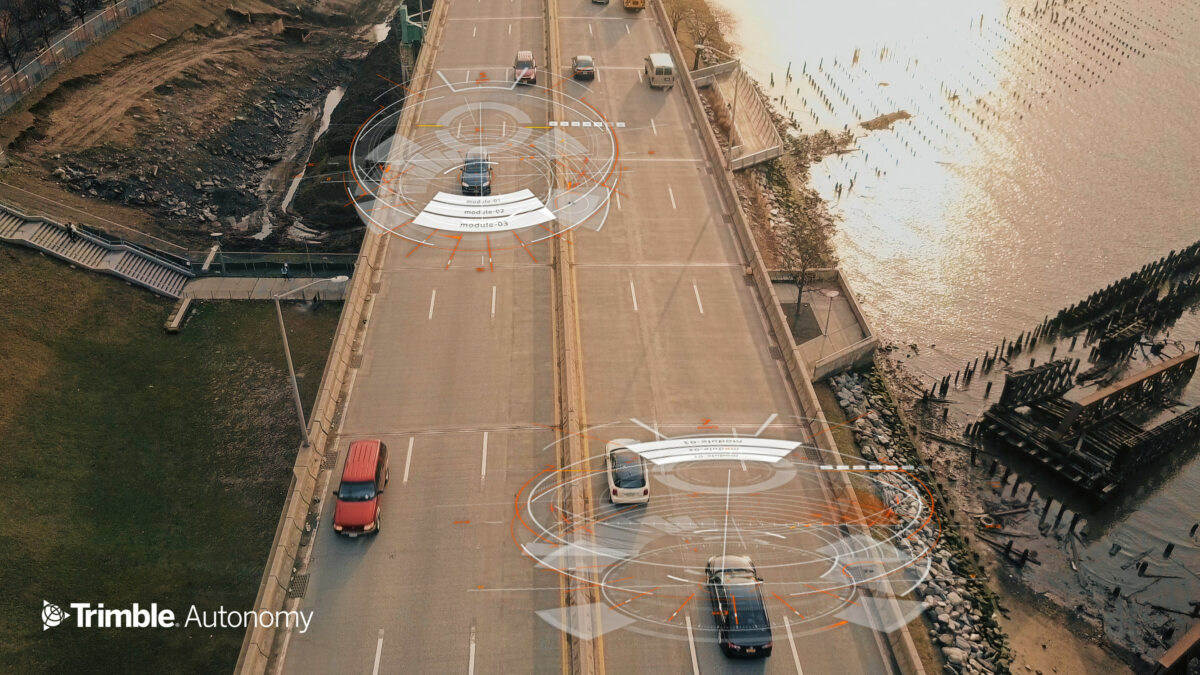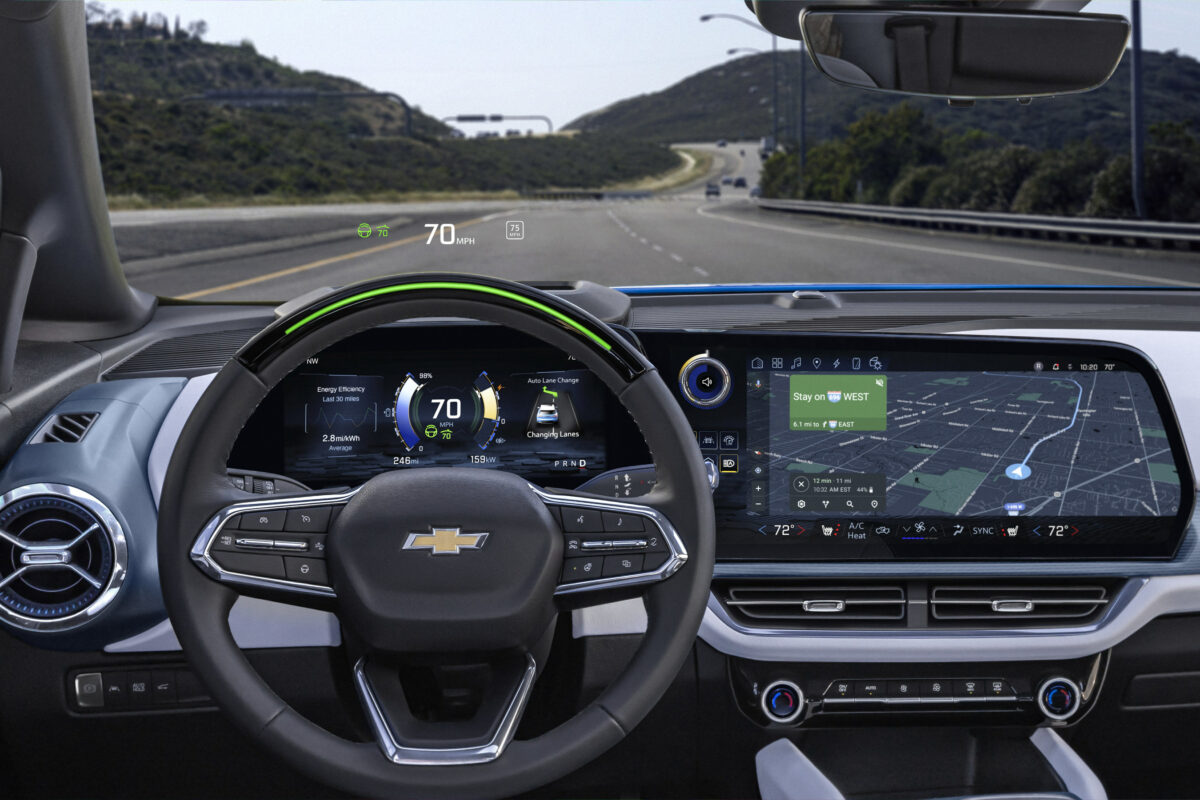Governments are setting ambitious targets to increase the level of autonomy available to drivers. The UK signalled these legal changes in the latest King’s Speech, with the Transport Secretary saying he expects drivers to be able to travel without having to watch where they’re going by the end of 2026. For OEMs to safely offer those levels of autonomy, they must invest in the right technology. Autonomous cars are a form of artificial intelligence (AI), and like any AI they thrive on data input. More data from more situations and environments will improve performance, safety, and ultimately, the public’s trust in self-driving cars.
Accurate autonomy starts with GNSS. However, because GNSS signals are distorted by their 20,000km journey between satellite and receiver, they can only achieve an accuracy of around two metres on the ground, and therefore are far from sufficient for self-driving cars.

Using correction services based on Precise Point Positioning (PPP) technologies via IP or satellite L-Band, alongside the many other sensors, enables precise positioning to the nearest centimetre with multiple levels of redundancy should one sensor fail. This improves the safety of that journey, and by correcting map and sensor data while on the move, the autonomous system becomes exponentially more accurate.
Staying tech-agnostic is the next essential factor for OEMs and manufacturers to consider. Software needs to work with any hardware, and vice versa, so vehicle manufacturers can use the best quality (and therefore safest) tech rather than only what fits or what they’ve produced in-house. This maximises speed to market, value for money, and safety.
Moving autonomy past Level 2 and 3 throws up challenges for all parties. OEMs, Tier Ones, city planners, regulators and legal experts will have to collaborate to ensure safety and the rule of law. There will need to be a certain amount of flexibility to handle real-world situations and lawmakers will need to rethink existing laws to get ahead of every eventuality.

As for the infrastructure, this will need to become smarter and more interconnected to ensure safety in dynamic circumstances and potentially dangerous situations.
The first step to progress is agreeing on a minimum level of technology. Although current tech is more advanced than most people realise, there are still advances that need to be made. Key to achieving pinpoint accuracy is an end-to-end positioning ecosystem with a high-performance positioning engine offering safety compliance and integration flexibility, and PPP-based corrections with accuracy, convergence and (international) accessibility, used alongside tech-agnostic software and hardware.
In the dynamic world of autonomous driving, many things remain uncertain or yet to be decided. However, to be as safe as possible, a minimum base level of accuracy, based on a maximalist approach to the tech stack, should be agreed upon. What we know for certain is that the foundation to safe autonomous systems lies in precision, based on reliable, accurate data.
The opinions expressed here are those of the author and do not necessarily reflect the positions of Automotive World Ltd.
Dr Rana Charara, strategic marketing leader, automotive & IoT at industrial technology provider Trimble
The AutomotiveWorld.com Comment column is open to automotive industry decision makers and influencers. If you would like to contribute a Comment article, please contact editorial@automotiveworld.com
